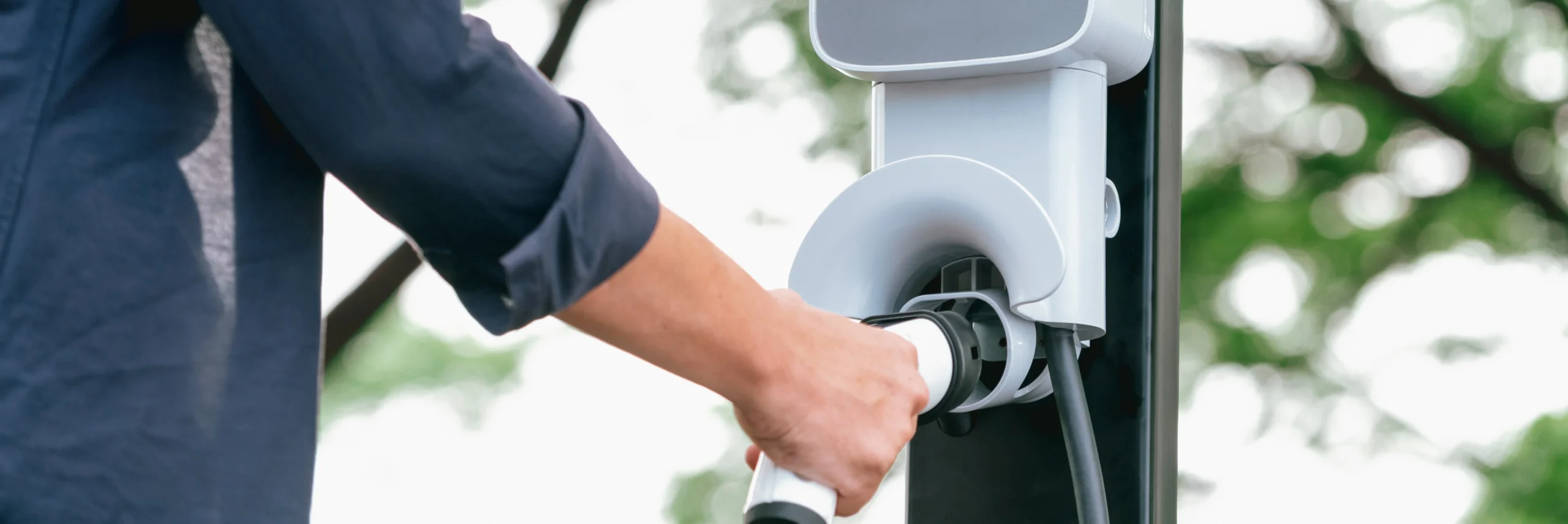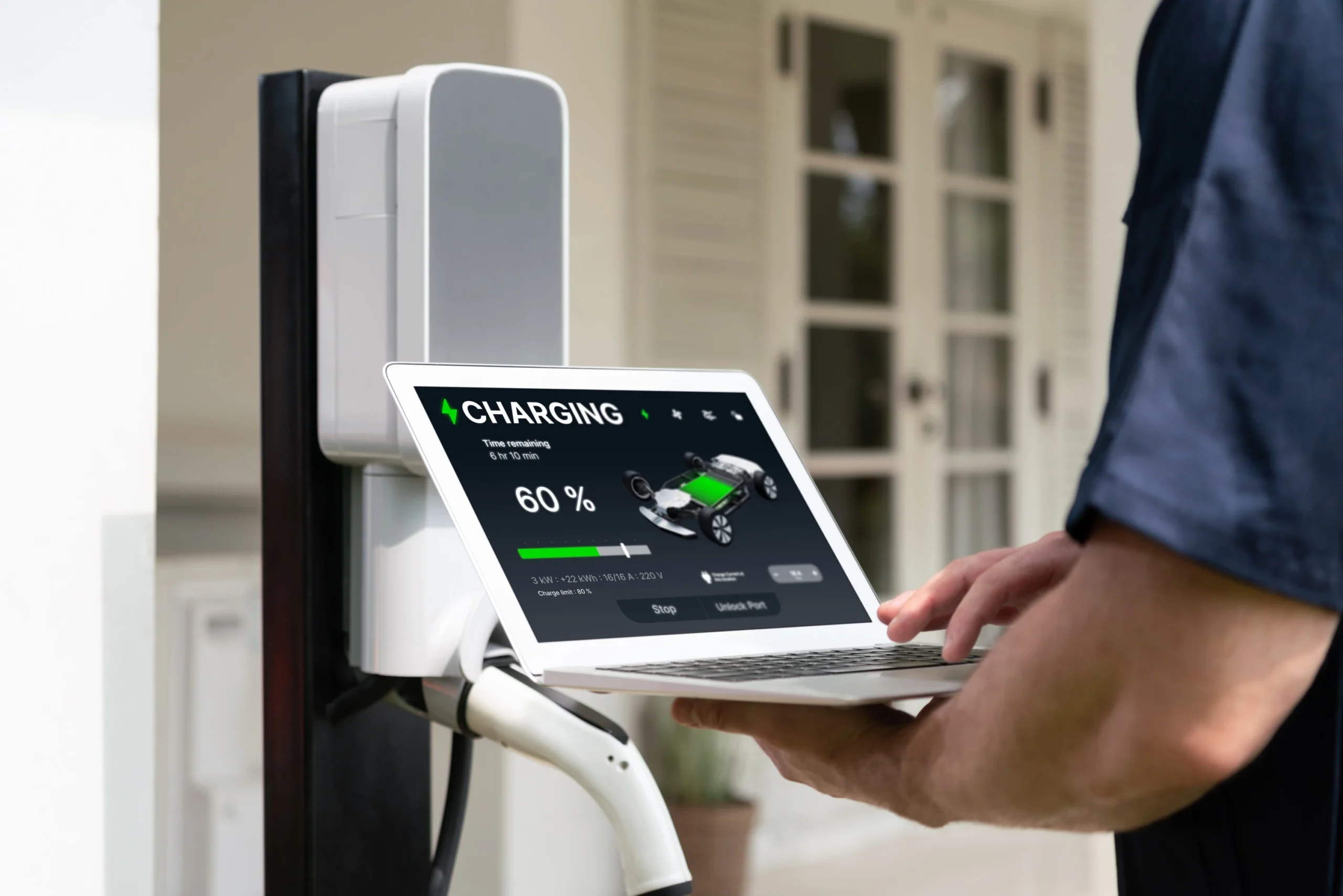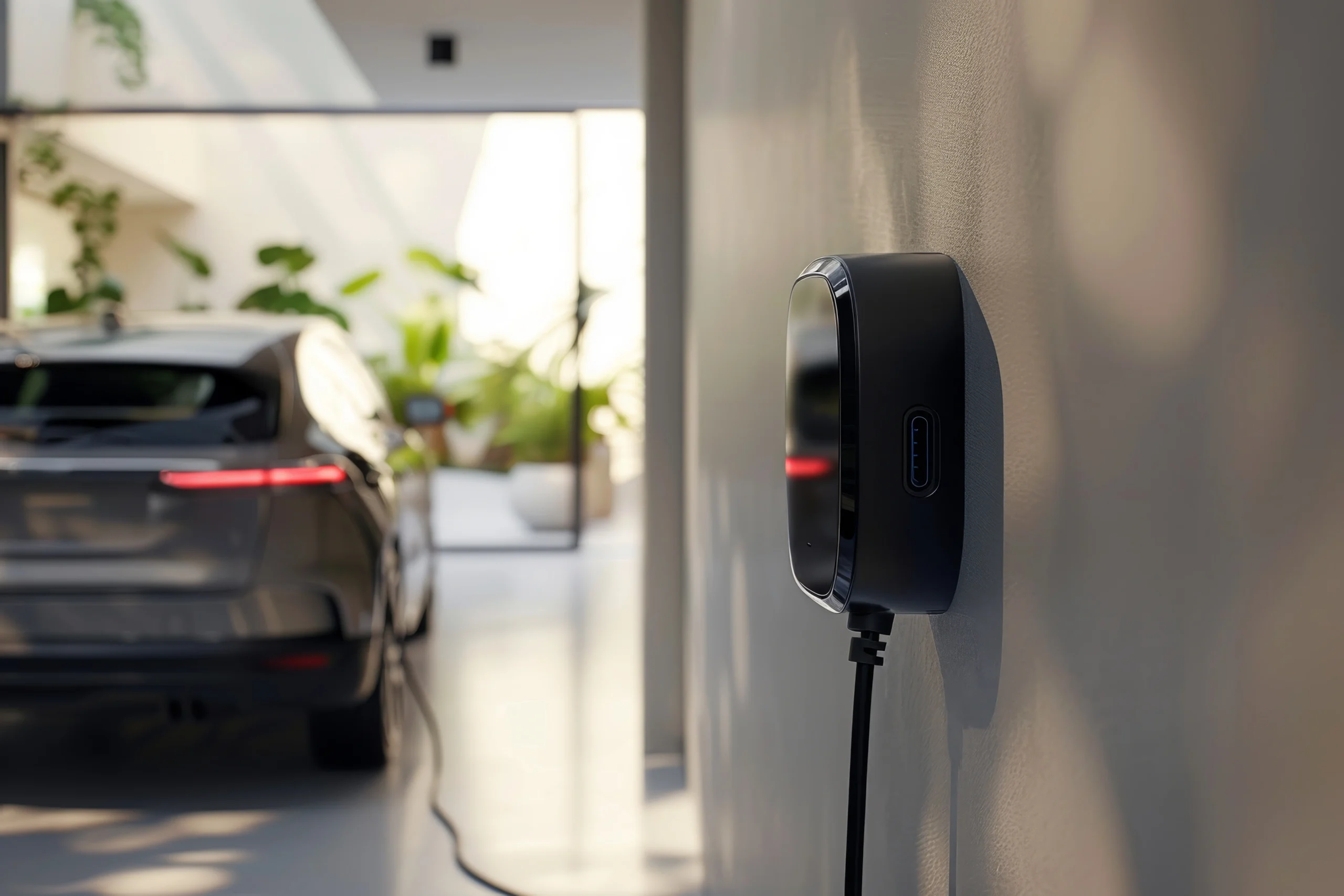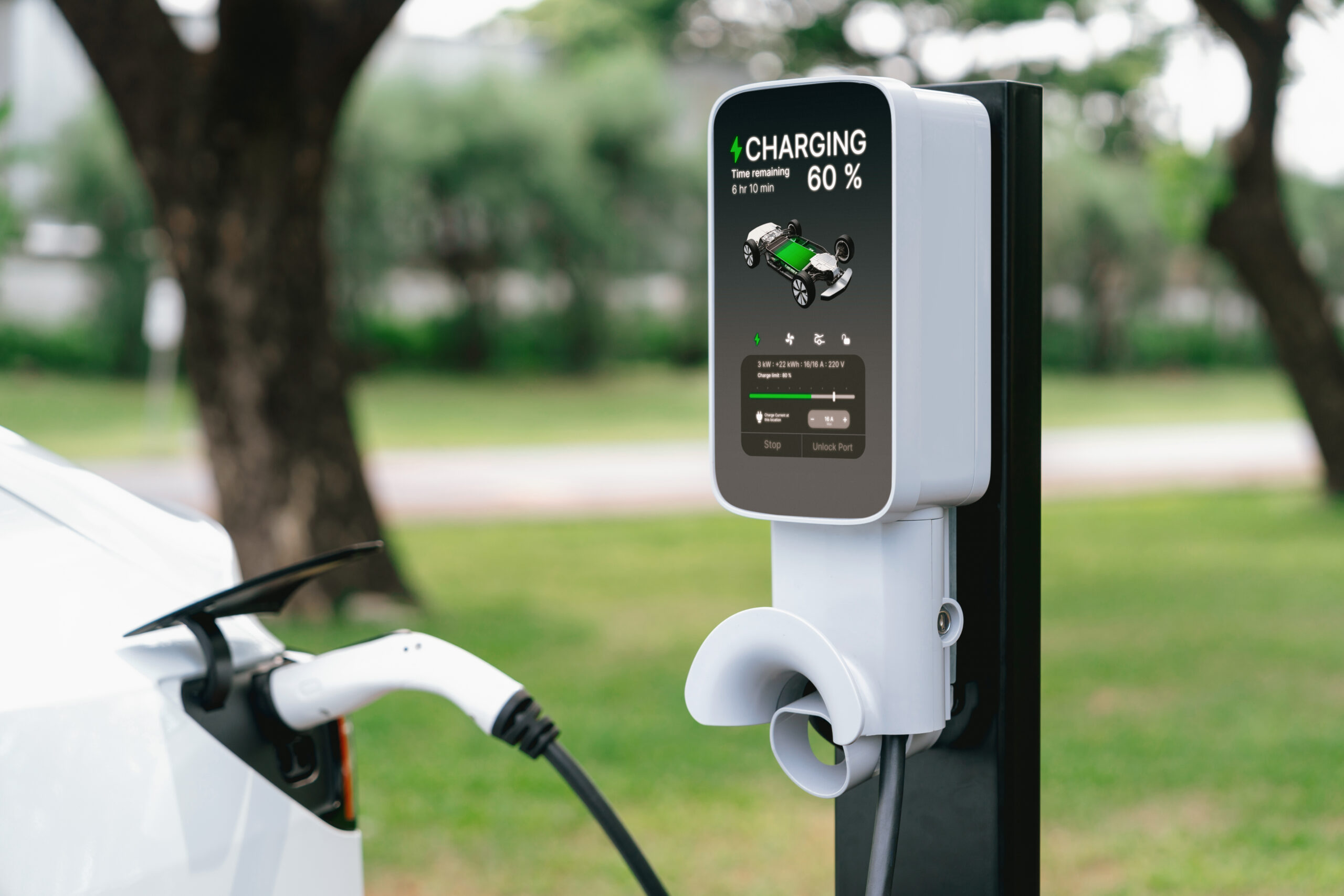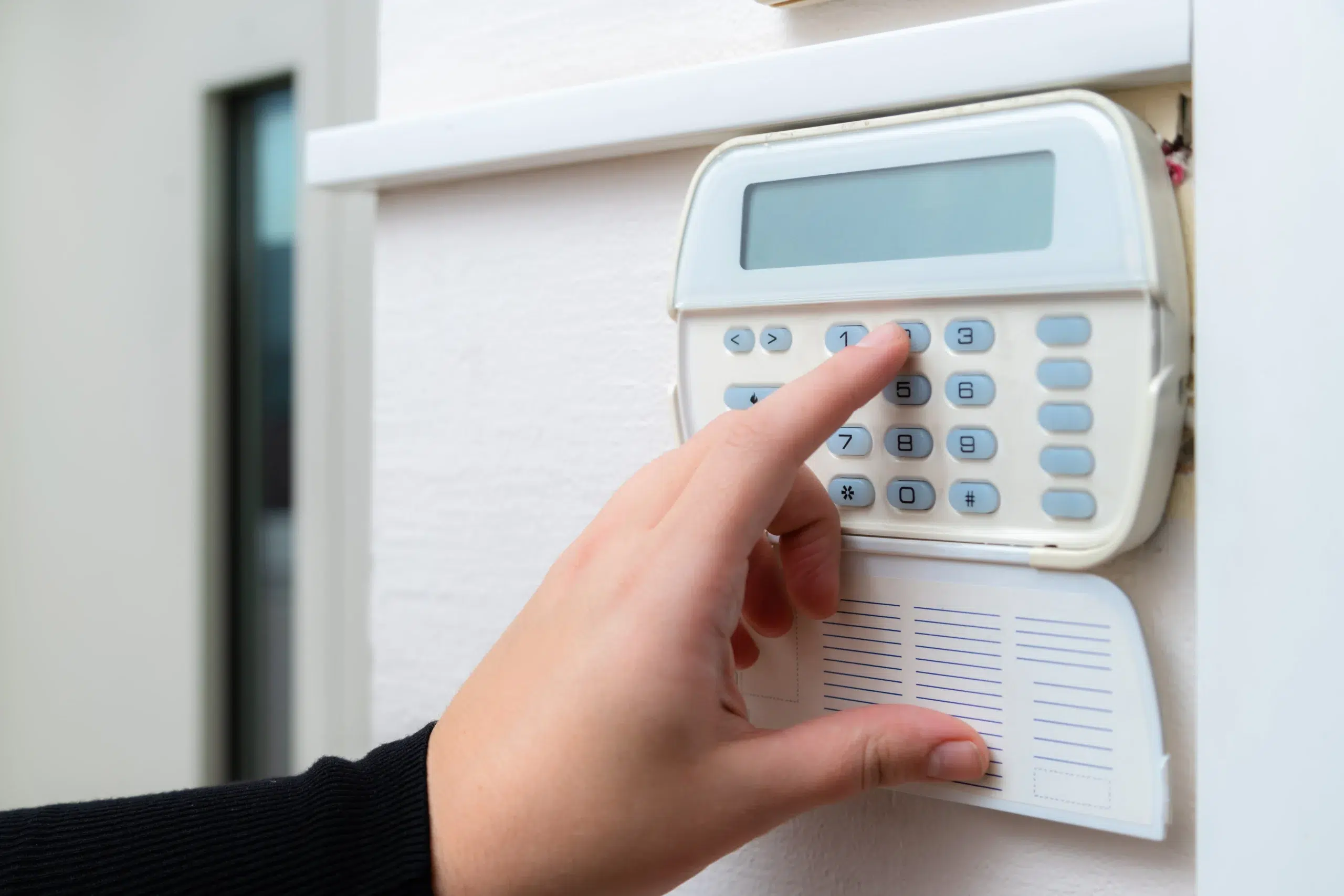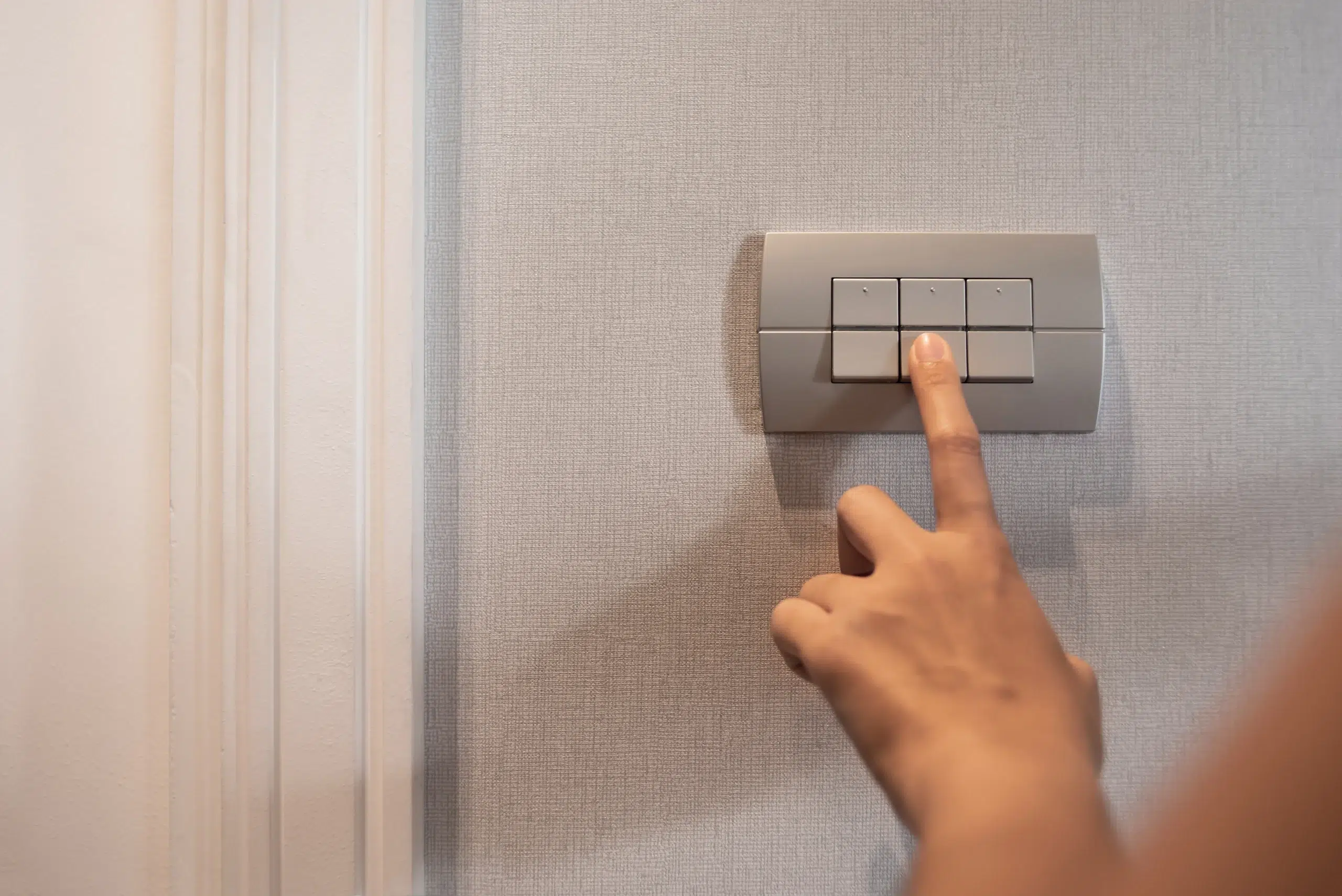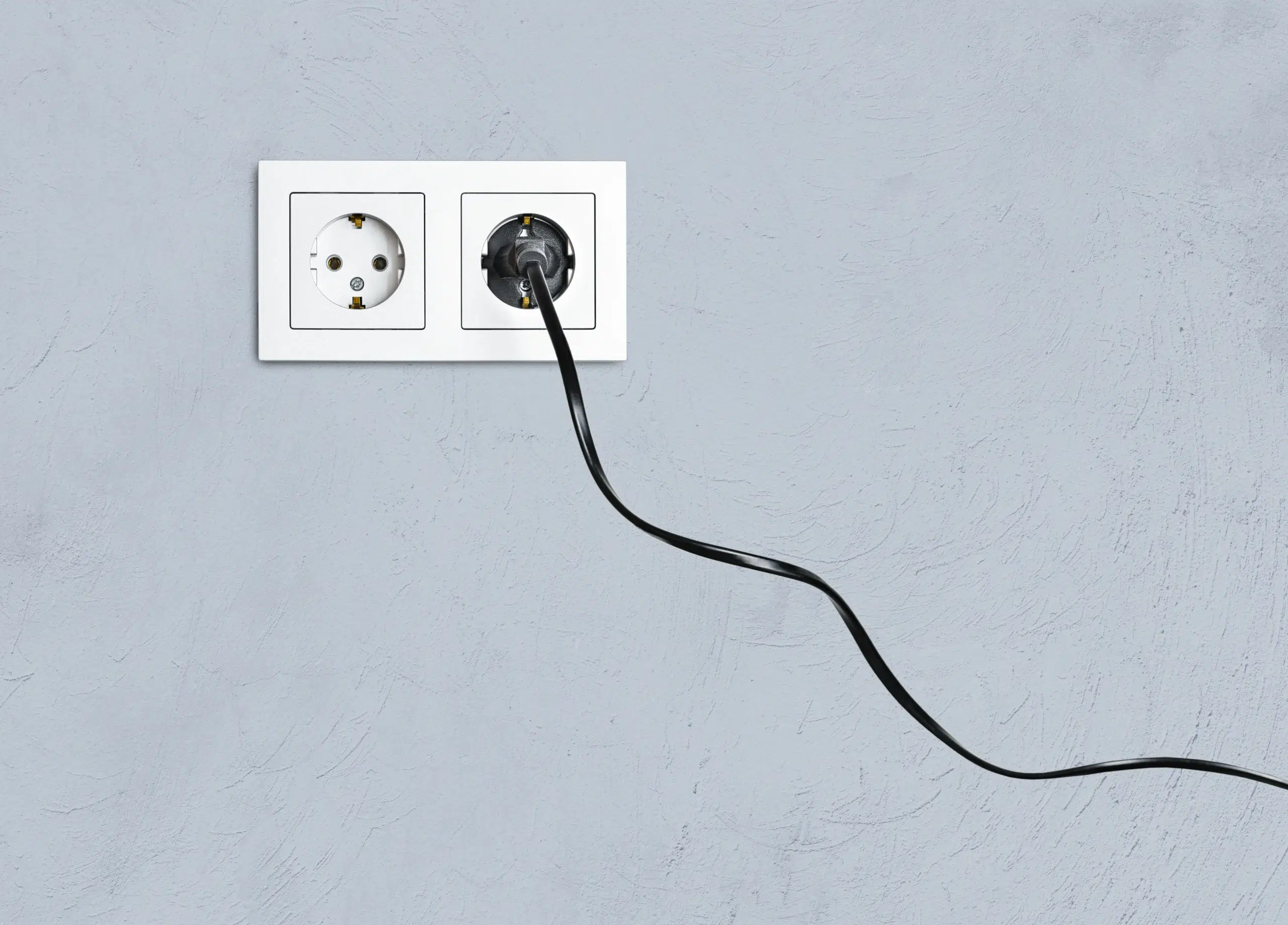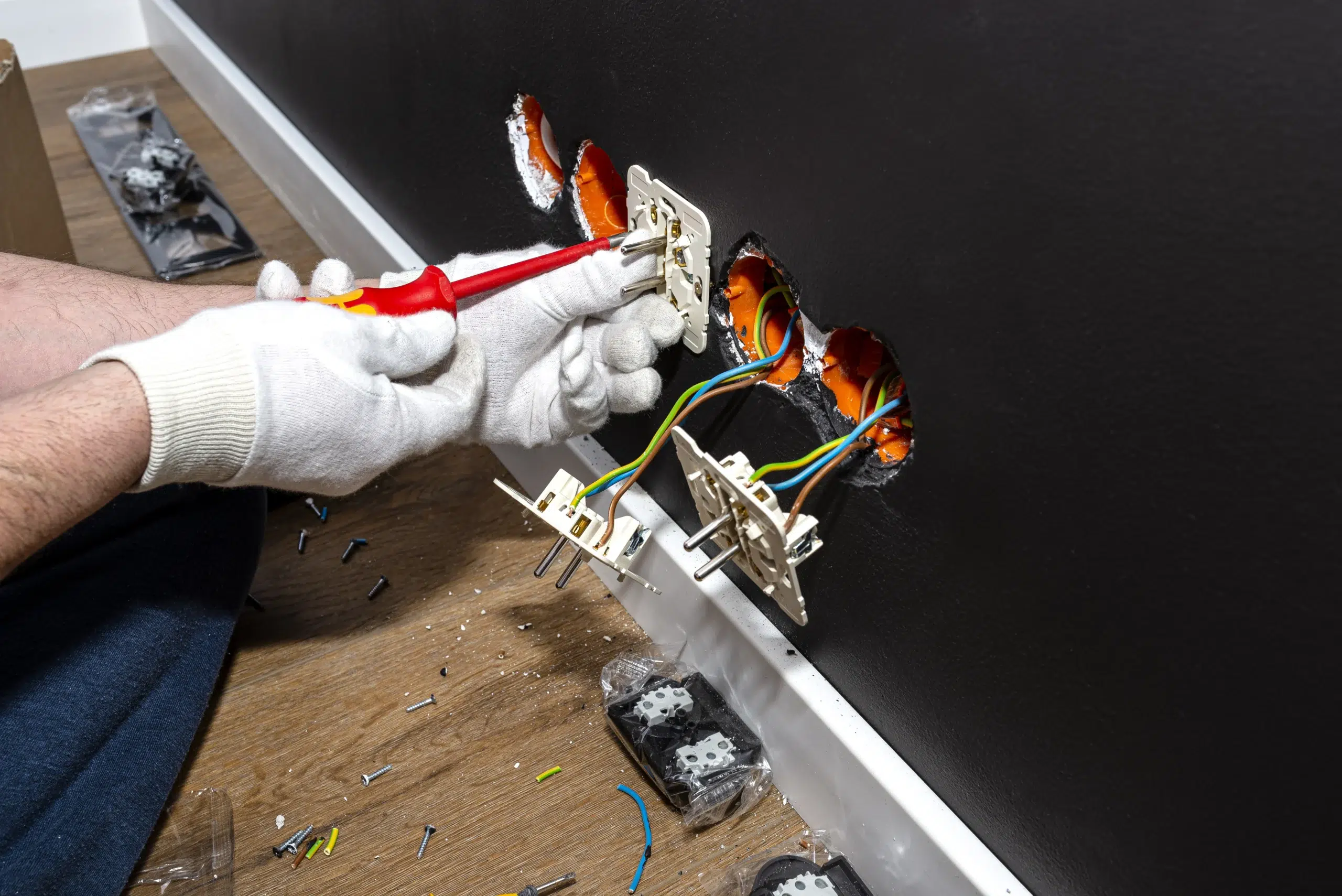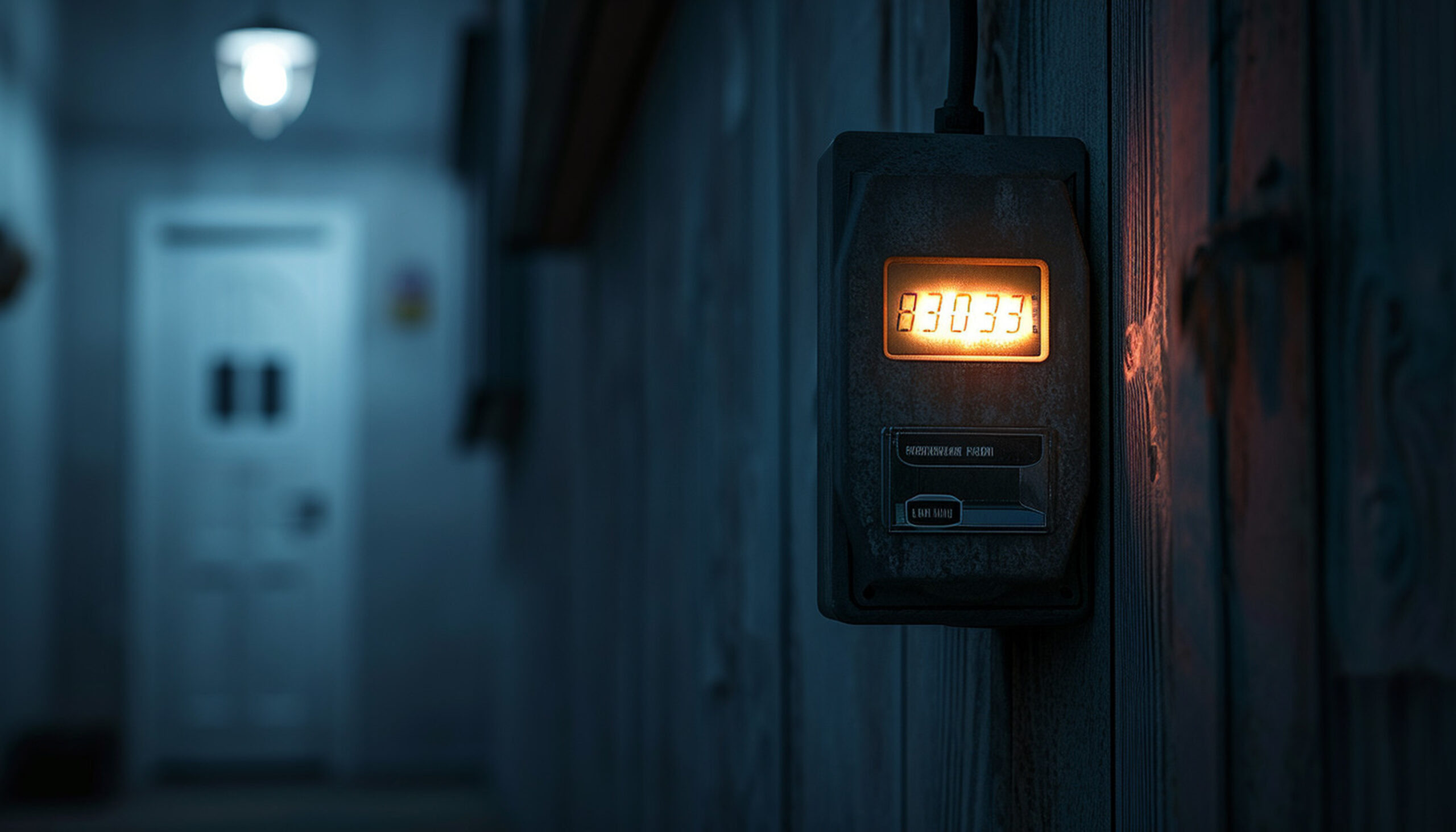Installing an EV charger at your home or workplace is a significant investment that offers long-term convenience. Before installation, a pre-installation inspection ensures everything is ready. This step helps identify potential issues, ensures compliance with Australian standards, and lays the foundation for a safe and efficient installation process, minimising unexpected complications and delays.
A pre-installation inspection not only ensures the safety and compliance of the setup but also helps to optimise the overall installation process. By identifying issues such as inadequate switchboard capacity, unsuitable cable routes, or unstable mounting surfaces, electricians can plan for necessary upgrades or adjustments in advance. This proactive approach reduces potential disruptions, saving both time and money during installation. With everything properly assessed, the installation can proceed smoothly, ensuring a reliable and efficient charging system that meets all safety requirements.
Why is a pre-installation inspection necessary?
Identifying potential issues early
A pre-installation inspection helps identify any latent issues before the installation begins. These might be due to low switchboard capacity, lack of space to locate equipment, or inappropriate cable paths. Addressing these issues early helps prevent disruptions, expensive modifications, or unfinished installations. It ensures that the process runs smoothly, saving time and money in the long run.
Ensuring safety and compliance
All EV chargers should be installed according to Australian electrical standards and the regulations of the local council. A pre-installation check ensures that the planned installation complies with these standards, reducing the risk of safety hazards. Licensed electricians will inspect the switchboard loads, wiring, and safety devices to ensure your charger is installed safely and in line with legal requirements, thus avoiding risks and fines.
Optimising the installation process
A thorough inspection allows electricians to plan ahead, knowing whether upgrades or changes are necessary. This proactive approach helps avoid delays during installation, and resources can be prepared in advance. In turn, this streamlines the process, reduces disruption, and accelerates the installation of a fully operational EV charger.
Key aspects of a pre-installation EV charger inspection
Cable route assessment
The inspection includes mapping out the most appropriate route for the cables between the charger and the switchboard. Electricians will assess potential obstacles, building hazards, and cable lengths to ensure a smooth setup. This planning helps preserve the infrastructure of your property and ensures that the cable route is efficient, secure, and adheres to installation standards.
Switchboard capacity check
The switchboard must be capable of handling the additional load of the EV charger. If the current capacity is insufficient, an upgrade may be needed to ensure safety and efficiency. Identifying this early guarantees that the charger will operate without overloading the circuits, reducing the risk of electrical faults.
Wall and mounting surface condition
Inspectors examine the wall or mounting surface where the EV charger will be installed. The surface must be sturdy to provide a stable base for the unit. The inspector looks for any cracks, water damage, or weaknesses that could compromise the installation. Ensuring the stability of the mounting surface helps prevent issues in the long term and ensures that the charger remains securely attached.
Access to network and power supply
Effective connectivity to the power supply, and network (where necessary), is essential for the charger. The inspector checks the proximity to the meter box and distribution systems to ensure that the site can support a stable and reliable connection. They verify that the location meets both the immediate operational requirements and the future performance needs of the charger.

Electrical safety and compliance checks
RCD protection
Residual Current Devices (RCD) are essential for protecting against electrical faults and minimising the risk of electric shocks. The electricians ensure that RCD protection is included in the installation plan. This ensures both user and property safety while meeting Australian electrical standards for modern installations.
Circuit breakers and wiring standards
The inspection also covers circuit breakers, wiring, and connections to ensure they conform to Australian electrical codes. Old or faulty wiring can be a major fire risk, so the electricians check that the system can safely handle the additional load of the EV charger. This ensures compliance with legal requirements and guarantees the long-term reliability of the installation.
Earthing and grounding
Earthing is essential to protect both the equipment and users from electrical faults. Inspectors ensure that the grounding system is set up correctly, allowing any fault current to be safely diverted. Without proper earthing, the risk of electric shock or equipment damage increases. This step ensures that the installation will be safe, even under extreme conditions.
Site evaluation for optimal charger placement
Accessibility and visibility
The charger should be installed in a location that is both practical and secure. The inspectors check that the installation area is accessible for daily use and that cables are reachable without creating tripping hazards or obstacles. Aesthetics and convenience are also considered, ensuring that the charger is placed in a way that does not interfere with the user but remains visible enough for ease of use.
Weather and environmental factors
The weather can have a significant impact on outdoor installations. Inspectors evaluate how exposure to rain, direct sunlight, or other harsh conditions could shorten the charger’s lifespan. Installing the charger in a sheltered location helps improve its durability and efficiency, protecting your investment and ensuring consistent performance throughout the year, regardless of weather conditions.
Preparing for future maintenance
Ease of access for maintenance and repairs
Maintenance is an ongoing requirement for EV chargers, and accessibility plays a crucial role. Inspectors assess whether the installation site provides adequate space for future repairs, adjustments, or part replacements. A poorly positioned charger can complicate servicing, so proper planning ensures that future maintenance is straightforward and cost-effective.
Long-term monitoring and upgrades
The inspection also considers future needs, such as adding more chargers or upgrading the electrical system as EV adoption increases. Planning for scalability during the initial inspection ensures that future upgrades can be easily accommodated without major disruptions. This proactive approach protects your investment and supports the growing demand for charging facilities.
What happens after the inspection?
Receiving the report
Once the inspection is complete, property owners receive a detailed report outlining the findings. This includes site conditions, switchboard capacity, cable assessments, and any compliance issues. The report offers a clear overview of the property’s readiness for installation and highlights the necessary steps to prepare for a successful installation.
Recommendations for next steps
If issues are identified during the inspection, the electrician provides practical solutions. These may include upgrading the switchboard, replacing faulty wiring, or selecting an alternative installation site. By providing tailored recommendations, the inspection ensures that any obstacles are addressed efficiently, allowing for a smooth and safe installation.
Approval and installation
Once the inspection confirms that all compliance issues have been addressed, the next step is to approve the installation and schedule it. With everything prepared, the EV charger can be installed efficiently, ensuring safety, compliance, and reliable performance according to Australian standards.
Conclusion
A pre-installation EV charger inspection is more than just a formality; it is the foundation of a safe, efficient, and compliant installation. By identifying issues early, ensuring compliance, and planning for future needs, inspections protect both your property and investment. Engaging a licensed electrician ensures that the process is handled professionally, paving the way for a smooth installation and reliable EV charging.
FAQ's
Why is a pre-installation inspection needed for an EV charger?
A pre-installation inspection identifies electrical or site issues before installation, ensuring safety, efficiency, and compliance with Australian standards. It helps avoid delays, reduces risks, and ensures the charger operates reliably once installed.
What does the electrician check during a pre-installation inspection?
The electrician inspects switchboard capacity, cable routes, mounting surfaces, wiring, and safety devices. They confirm compliance with Australian standards and ensure your property can support the EV charger securely and safely, both immediately and long-term.
Will my switchboard need an upgrade before installing an EV charger?
Your switchboard may require an upgrade if it cannot support the additional electrical load. The inspection confirms this, helping avoid circuit overloads and ensuring safe, efficient EV charger operation alongside your existing systems.
How long does a pre-installation inspection take?
Most inspections take around one to two hours, depending on property size and complexity. The electrician carefully checks your electrical system and installation site to identify potential upgrades, ensuring the charger installation proceeds smoothly.
What happens if the inspection reveals problems with my installation site?
If issues are found, you’ll receive a detailed report with recommendations. Solutions may include wiring or switchboard upgrades, or a new installation location, ensuring the charger can be installed safely, efficiently, and compliantly.
93 Exley Road Wedderburn NSW 2560 Campbelltown & South West Sydney
Why Installing Your Own EV Charger Could Void Your Car’s Warranty and Insurance
Why Installing Your Own EV Charger Could Void Your Car’s Warranty and Insurance Category: The...
Read MoreThe Hidden Damage Rodent Cause to Electrical Wiring and Insulation
What Does a Pre-Installation EV Charger Inspection Entail? Category: Installing an EV charger at your...
Read MoreThinking of Installing an EV Charger in Your Apartment or Shared Parking Area? Here’s What You Need to Know
Thinking of installing an EV charger in your apartment or shared parking area? Here’s what...
Read MoreIs It Safe to Install an EV Charger Outdoors in Sydney’s Weather Conditions?
How to Choose the Right Gate Intercom for Your Property Category: The increased availability of...
Read MoreHow to Choose the Right Gate Intercom for Your Property
How to Choose the Right Gate Intercom for Your Property Category: Selecting the appropriate gate...
Read MoreThe Light Switch Feels Warm or Smells Burnt — What Should I Do?
The Light Switch Feels Warm or Smells Burnt — What Should I Do? Category: Light...
Read MoreWhy Do I Get a Small Electric Shock from My Appliances?
Why Do I Get a Small Electric Shock from My Appliances? Category: Small electric shocks...
Read MoreElectrical Surges Damaging Your Appliances? Here’s What You Can Do
Electrical Surges Damaging Your Appliances? Here’s What You Can Do Category: An electrical surge refers...
Read MoreWhat are the types of smoke Alarms and How Does It Work?
What are the types of smoke Alarms and How Does It Work? Category: A smoke...
Read MorePower Outage in Just One Room? Here’s What Could Be Causing It
Power Outage in Just One Room? Here’s What Could Be Causing It Category: Experiencing a...
Read More
